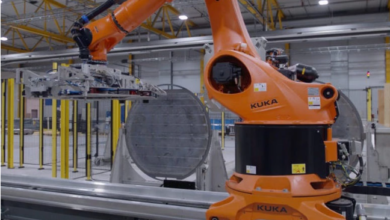Baker Hughes and Novatek to spearhead in hydrogen solutions for LNG trains

Baker Hughes, one of the world’s largest oil field services companies, and PAO Novatek, Russia’s second-largest natural gas producer, to cooperate to reduce carbon emissions from natural gas and liquefied natural gas (LNG) production. Both companies will work to develop compression and power generation technology solutions from Baker Hughes for Novatek’s LNG projects, aiming to reduce emission.
The plan is to start work with a pilot program to introduce hydrogen blends into the main process for natural gas liquefaction to reduce CO2 from LNG facilities, including the company’s Yamal LNG complex.
Baker Hughes will conduct all the restructuring works by using its equipment to convert existing natural gas liquefaction trains at Yamal LNG to run on hydrogen blends. Currently, these trains operate on methane from the feed gas. An LNG train is a liquefied natural gas plant’s liquefaction and purification facility.
Currently, Baker Hughes is one of its leading equipment suppliers to the Yamal LNG and Arctic LNG 2 projects. For the LNG 2 project, Baker Hughes supplies LM9000 aero-derivative gas turbines, one of the most efficient simple-cycle aero-derivative gas turbine with lowest NOx emissions, ideal for LNG operators to reduce carbon footprint.
“Hydrogen technologies have great prospects to reduce the level of global greenhouse gas emissions, and further work is required to develop and adapt these technologies for operations in Arctic climatic conditions,” said Leonid Mikhelson, Novatek’s Chairman of the Management Board.
“We are working with Novatek to introduce the first solution for decarbonising the core of the LNG production – the turbines driving the liquefaction process,” said Lorenzo Simonelli, Chairman and CEO, Baker Hughes.
Novatek has been trying to reduce its carbon footprint from its oil and gas business. It has recently signed an MOU with Uniper, a German energy company, to explore the potential for developing a hydrogen value chain, allowing both companies to assess their demand and supply structure.
